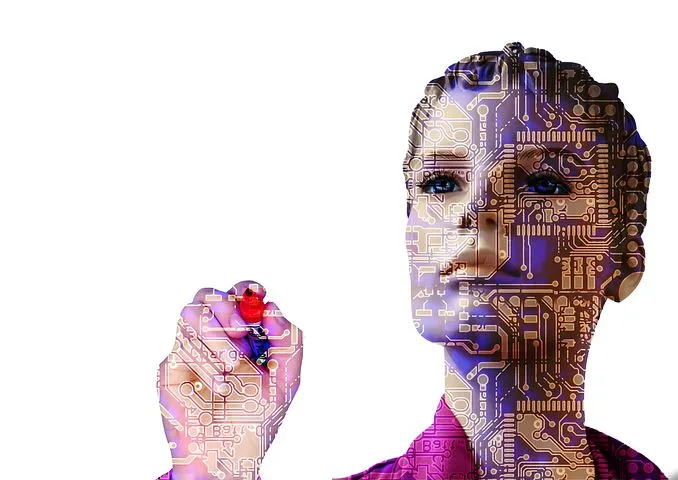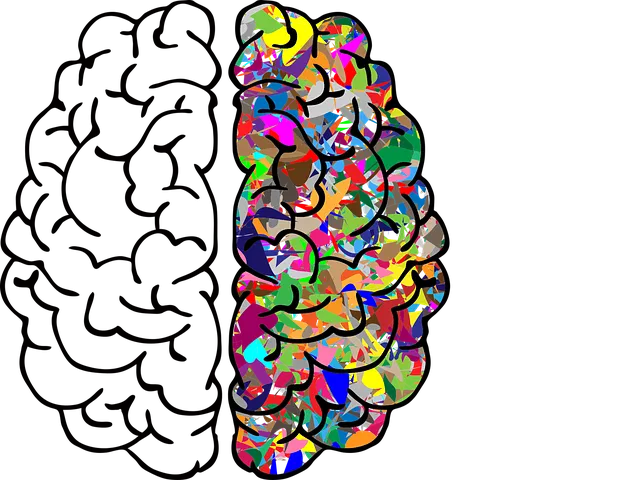Welcome.
Let us begin with the little things! If you met a friend today and told her that there is a website where she could get paid for creating original content, what do you suppose would be her initial reaction?
"Get outta here! Nobody will pay you real money just to post your thoughts or pictures."
Ridiculous response, isn't it?

How about this?
You can live to be 160 years or even 200 years!
If you're a normal thinking person, your response has to be:
"Get outta here. That's ridiculous. No one ever lives that long."
And, of course, you would think that your stance is justified. But the truth is that you have fallen for the same linear view that enabled your friend refuse to acknowledge that there is, in fact, a website doling out cash to its users.
But improvement in technology and human advancement is not linear. If it was linear, you would expect that the progress made in the 21st century would equal the same level of progress made in the 20th century. Now, it is my turn to say:
"But that's ridiculous!"
Almost all the things we enjoy today were discovered within the last 150 years and more than half of these discoveries and advancement were made within the last 50 years. As I'm typing this on my phone with 4GB RAM, it just occurred to me that in 2005, my PC had 256MB, RAM and that leaves me wondering how I managed to use it for anything at all. That means that my phone is now 16 times faster than my PC was twelve years ago! Human advancement is not linear and this is explained by the Law of Accelerating Returns.
Law of Accelerating Returns
The rate of technological advancement has always been exponential. The time it took man to discover fire and the space of time it took him to discover a hundred things he could do with this pretty much makes this clear. So historically, advancement rate has been exponential. However because the rate of growth was quite low, the exponential growth was not apparent.
According to Ray Kurtsweil:
An analysis of the history of technology shows that technological change is exponential, contrary to the common-sense “intuitive linear” view. So we won’t experience 100 years of progress in the 21st century — it will be more like 20,000 years of progress (at today’s rate). The “returns,” such as chip speed and cost-effectiveness, also increase exponentially. There’s even exponential growth in the rate of exponential growth. Within a few decades, machine intelligence will surpass human intelligence, leading to The Singularity — technological change so rapid and profound it represents a rupture in the fabric of human history. The implications include the merger of biological and nonbiological intelligence, immortal software-based humans, and ultra-high levels of intelligence that expand outward in the universe at the speed of light.
So, not only is technological growth exponential, the rate of this growth is accelerating. In other words, people discover things that make them smarter, then those things help them make more discoveries faster. At a point, we shall be able to merge our biological intelligence with machine intelligence, making us much more efficient. This will continue until we reach a singularity, which creates a rupture in human history: a state of progress that becomes incomprehensible to the human mind in its current state.
AI - Artificial Intelligence
Most of the work being done in artificial intelligence by Google and other companies including the experiments conducted by Sebastian Thrun at Udacity suggest that AI is not robot. However because we are accustomed to seeing AI through the eyes of science fiction and star wars movies, most of us continue to think about robots whenever AI is mentioned.
So what is AI?
According to one definition, in computer science, AI research is defined as the study of "intelligent agents": any device that perceives its environment and takes actions that maximize its chance of success at some goal. It is also called machine intelligence.
To fully comprehend Artificial Intelligence, we must understand the different cadres of AI:
Artificial Narrow Intelligence (ANI):
ANI is a function specific artificial intelligence often referred to as a weak AI. This is the kind of AI seen in such programs as a computer program that is able to beat a chess champion in a game of chess or drive autonomous cars. This also the kind of AI involved in many online bots. Because they are specific in functionality, there is no fear that this kind would take over the world.
Artificial General Intelligence (AGI):
AGI refers to a computer or machine that is as smart as a human across the board—a machine that can perform any intellectual task that a human being can. This level of AI has the ability to comprehend data, perform adsactly thinking, reach a conclusion based on data and learn from experience. Creating such level of AI is much more complicated than creating an ANI.
Artificial Superintelligence (ASI):
Nick Boston defines ASI as
an intellect that is much smarter than the best human brains in practically every field, including scientific creativity, general wisdom and social skills.
ASI is the reason the topic of AI is a concern to humans and is the reason some prominent people like Stephen Hawkings and Elon Musk are supporting research that would ensure that Superintelligent AI would remain under the control of humans.
AI Takeover
Whenever AI is mentioned, there is widespread fear that machines would take over the world and humans would be under their control. This concern, while valid has been fueled by science fiction writing and movies. A bot here on Steemit once signed off on a post by warning humans about the imminent invasion. Haha.
There are two ways through which this might happen:
Automation of world economy: This would involve replacement of humans for repetitive work and eventual replacement of all human functions in the world economy.
Eradication of humans (extinction): It is suspected that at some point in the future, the Superintelligent machines may relative that they can eliminate human beings entirely with negligible risk to their survival.
But relax. According to Sebastian Thrun and Ray Kurtsweil, it is going to be a while before we are able to reach this feared level of AI and when we finally do, human intelligence would not be at the level we know it. We would have reached a point where we can combine our biological intelligence with technological intelligence and be able to learn and innovate much faster than we do today: we would be Superintelligent!
Living Forever
If human thoughts and memory can be transferred to another hardware, does it mean that we can live forever? Well, it depends on what we mean by living.

According to Kurtsweil:
The longevity of one’s mind file will not be dependent, therefore, on the continued viability of any particular hardware medium. Ultimately software-based humans, albeit vastly extended beyond the severe limitations of humans as we know them today, will live out on the web, projecting bodies whenever they need or want them, including virtual bodies in diverse realms of virtual reality, holographically projected bodies, physical bodies comprised of nanobot swarms, and other forms of nanotechnology.
So do you know that you may live to be 160 years old?
Your answer has to be that it is possible. Take care of your body as it is because the average life expectancy is ever increasing at accelerated rates so even if you don't plan to be enhanced, you still have a better chance of living longer than your forebears.
Please let me know your thoughts on these matters.
Images were obtained from pixabay
With love and gratitude,
Your boy Kels,
@churchboy